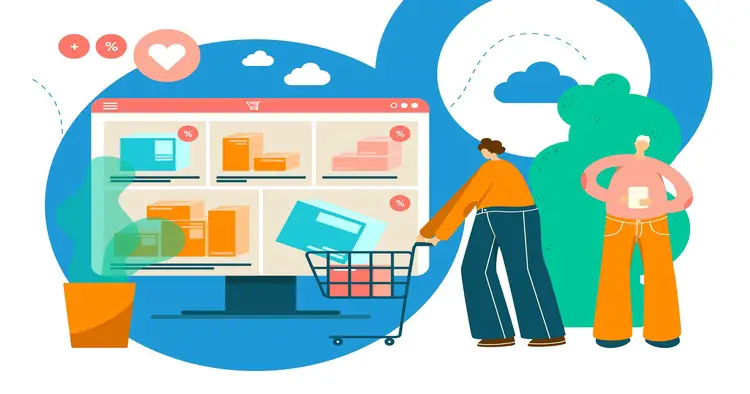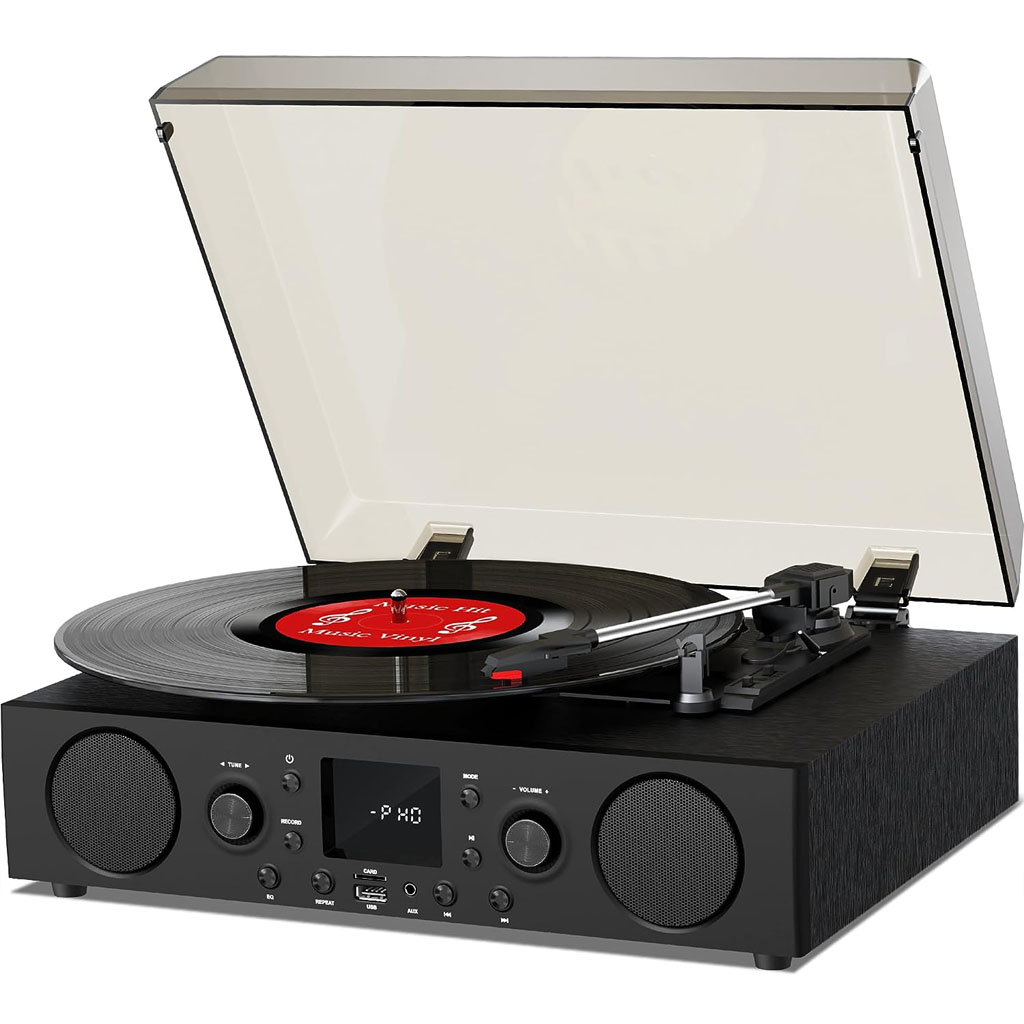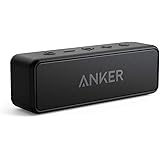
Last Updated | December 5, 2023
Introduction
In today’s fast-paced digital marketplace, distinguishing your online presence is paramount. For Shopify store owners, customization is a luxury and a necessity to thrive. It’s about crafting an online space that echoes your brand’s essence and stands out amidst the competition. This comprehensive guide delves into the nuances of personalizing your Shopify store, ensuring it’s not just another storefront but a reflection of what your brand stands for.
Read Also: How To Edit The Shopify Checkout Page?
Creating a Unique Shopping Experience
The foundation of a distinctive Shopify store lies in its visual and functional aspects. Shopify’s array of themes and templates is the starting point.
1. Using Themes and Templates: Select from a wide range of Shopify themes, each offering distinct designs and layouts, to find one that resonates with your brand’s identity.
2. Customizing the Layout and Design: Every corner of your website can be tailored, from the header to the footer. Modify colors, fonts, and images to align with your brand’s visual narrative.
3. Adding Personalized Branding Elements: Integrate a custom logo and maintain consistent color schemes and typography to strengthen brand recognition.
Recent statistics show that a well-branded website can increase revenue by up to 23%, as it fosters customer loyalty and recognition.
Enhancing User Interface
The user interface (UI) bridges your customers and your products. This bridge mustn’t be just sturdy but also enjoyable to cross.
1. Improving Navigation and User Experience: A user-friendly site with a straightforward menu and intuitive layout can enhance customer satisfaction significantly. A seamless checkout process is a critical driver in reducing cart abandonment rates, which, on average, hover around 69.57%.
2. Optimizing Mobile Responsiveness: With over 54% of global internet traffic coming from mobile devices, ensuring your store is mobile-responsive is critical.
3. Incorporating User-Friendly Features: Enhance the shopping experience with effective product filters, easy search options, and accessible customer support.
Building Custom Extensions
Custom extensions are pivotal in enriching your Shopify store’s functionality and meeting specific business needs.
1. Understanding Your Store’s Needs: Analyze areas where your store could benefit from additional functionality or improvements.
2. Leveraging Shopify’s Development Tools: Use Shopify’s advanced development tools to create bespoke extensions that address your unique requirements.
3. Customizing and Integrating Extensions: Ensure these extensions blend seamlessly with your store’s UI and UX for a coherent experience.
Integrating Third-Party Apps
The Shopify App Store is your gateway to many applications that can streamline operations and augment the shopping experience.
1. Exploring the Shopify App Store: With thousands of apps at your disposal, there’s a solution for virtually every need, from email marketing to inventory management.
2. Evaluating and Selecting Relevant Apps: Opt for apps that align with your business objectives, have positive user feedback, and offer reliable customer support.
3. Integrating Apps Seamlessly into Your Store: Properly combining these apps can improve efficiency and customer experience.
Utilizing Shopify’s API
Shopify’s API offers extensive custom development and integration capabilities, providing a gateway to limitless customization possibilities.
1. Overview of Shopify’s API Capabilities: Explore the comprehensive functionalities offered by Shopify’s API for data manipulation and management.
2. Developing Custom Functionalities Using API: Employ the API to create bespoke functionalities that cater to your business’s unique needs.
3. Integrating with External Systems and Services: Seamlessly connect your store with external systems such as CRM and ERP solutions to enhance operational efficiency.
Conclusion
Customizing your Shopify store is a strategic move that goes beyond aesthetics. It’s about enhancing functionality, user experience and aligning your online presence with your brand’s core values. With the advent of Shopify extension development, the scope for personalizing your e-commerce store has expanded exponentially. Embracing these customization techniques can lead to an average increase in sales by up to 18%, as per recent e-commerce studies. So, embark on this journey of customization and transform your Shopify store into a unique digital showcase that genuinely resonates with your brand and your customers.
Read Also: Shopify Development Roadmap: Key Milestones and Best Practices
FAQ’s
Question: What are Shopify extensions?
Shopify extensions are add-ons or plugins that enhance the functionality of your Shopify store. They can add new features or improve existing ones to provide a better shopping experience.
Question: Why should I consider developing custom extensions for my Shopify store?
Custom extensions allow you to tailor your store to meet specific needs, offering unique features that set your store apart from competitors and improve customer engagement and satisfaction.
Question: How do I start developing a custom Shopify extension?
Begin by identifying the specific needs or gaps in your store. Then, plan the functionality of your extension. You may need programming knowledge or the help of a developer familiar with Shopify’s platform.
Question: Do I need coding skills to create Shopify extensions?
While basic extensions can sometimes be created using Shopify’s tools without extensive coding, developing more complex custom extensions typically requires programming skills, particularly in languages like Ruby or JavaScript.
Question: How long does it take to develop a custom Shopify extension?
The development time varies depending on the complexity of the extension. Simple extensions might take a few days, while more complex ones could take several weeks or more.
Question: Can I sell my custom Shopify extensions?
Yes, you can sell your custom extensions on the Shopify App Store, provided they meet Shopify’s quality and security standards and are approved by Shopify.
Question: How can I ensure my custom extension is secure?
Prioritize security in your development process, adhere to best coding practices, regularly update your extension, and consider conducting security audits to protect user data.
Question: What are the most popular types of custom extensions for Shopify?
Popular custom extensions include those for personalized product recommendations, custom checkout processes, inventory management, and marketing automation.
Question: How do I handle updates and maintenance for my custom extension?
Regularly update your extension to ensure compatibility with the latest Shopify updates, fix bugs, and add new features. Also, provide ongoing support for users of your extension.
Question: Where can I find resources or help for developing Shopify extensions?
Shopify provides extensive documentation and community forums for developers. You can also find online courses, hire expert developers, or consult with Shopify support for guidance.
Source: https://ecommerce.folio3.com/blog/customizing-shopify-experience-develop-unique-extensions/






